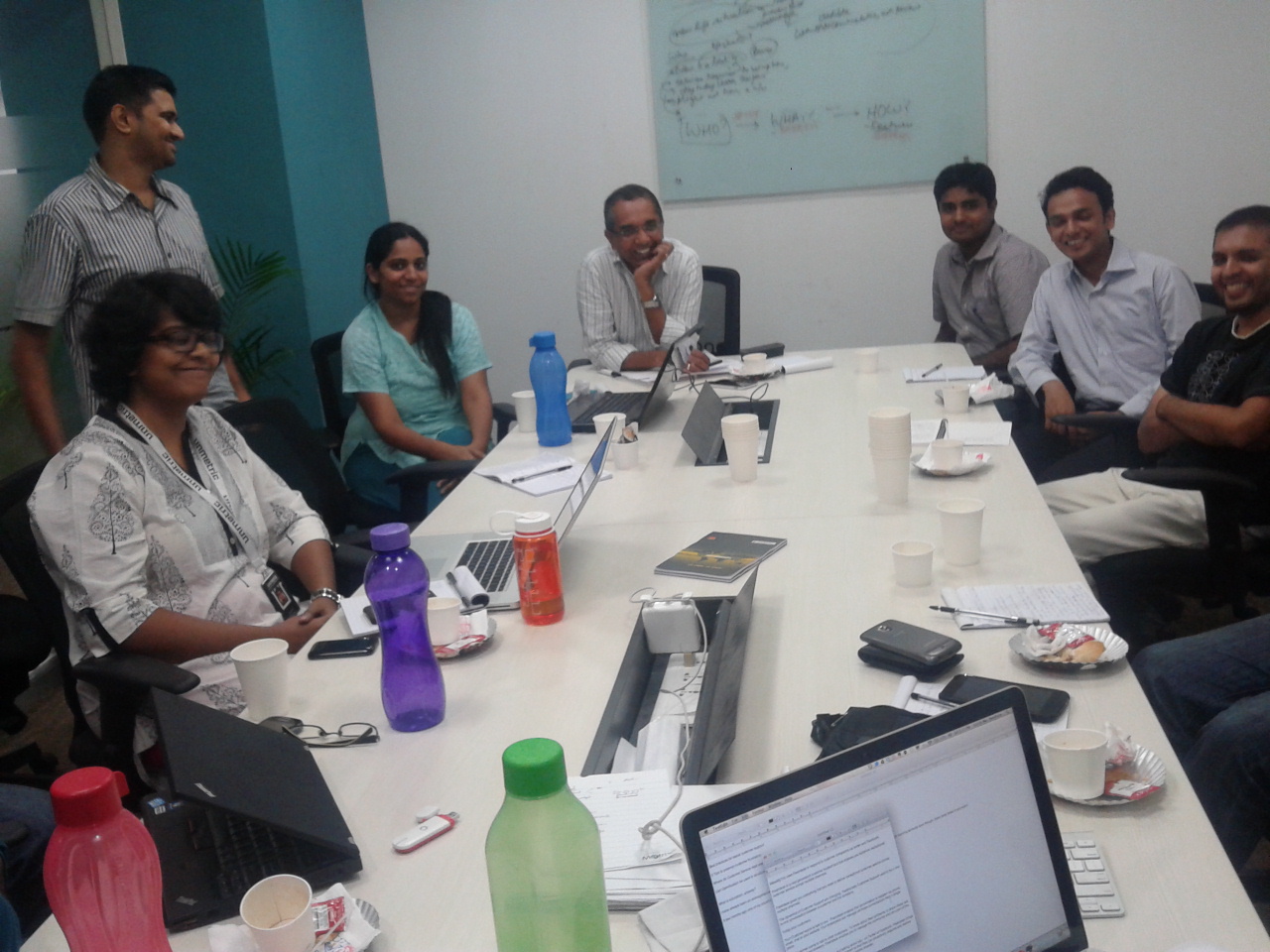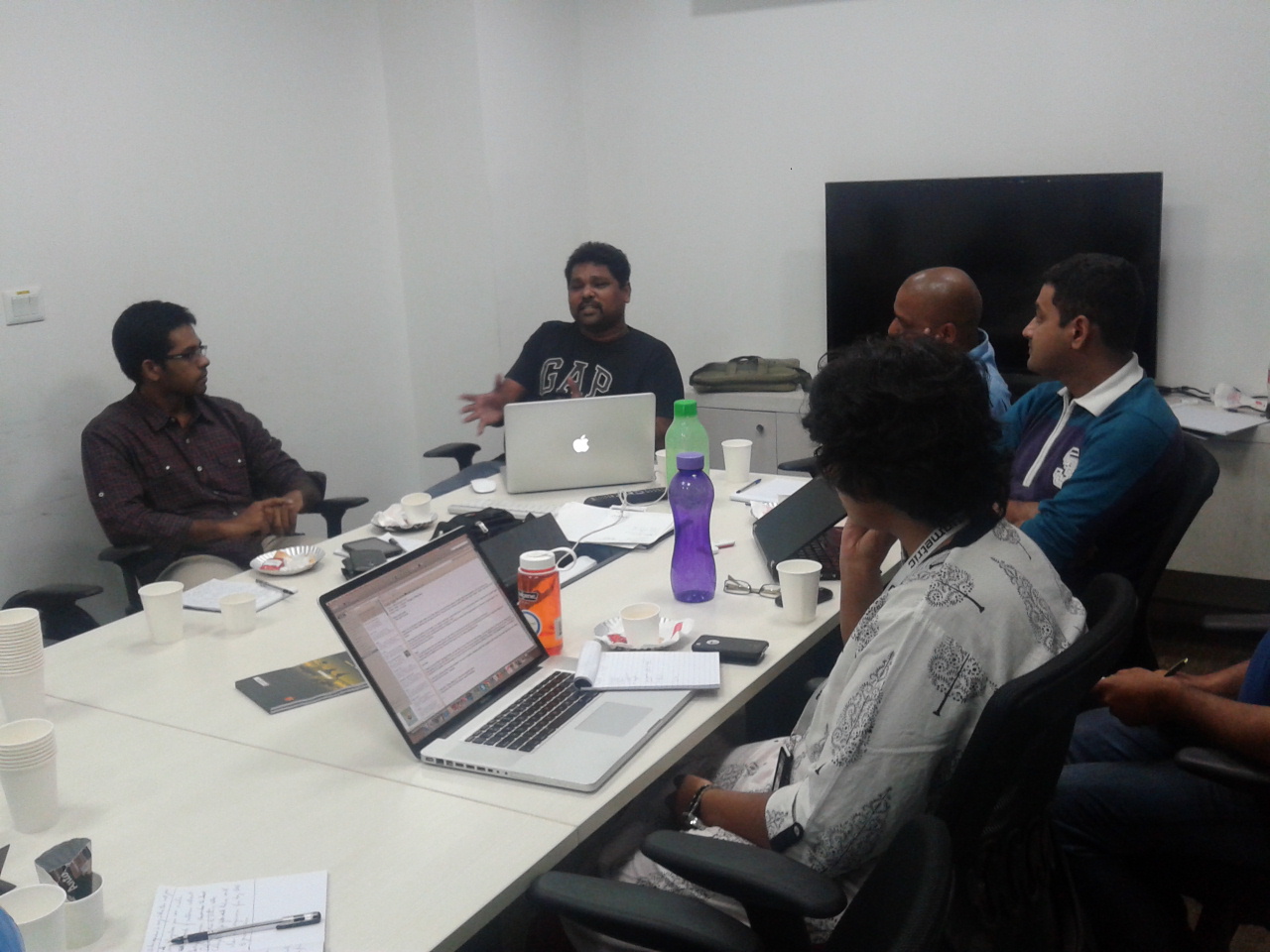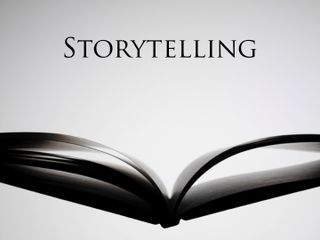If your grandmother does not understand your message, then you might as well not communicate is the crux of what was discussed during this Roundtable facilitated by Shankar Maruwada and Nandita Sinha.
This roundtable discussed the ‘What’ of the positioning and messaging and not the ‘how’ of the positioning. There was very little theory except perhaps setting the context and the entire session was practical.
 To illustrate the significance of positioning and messaging, one of the participating companies gave an elevator pitch thinking the rest of us are his prospective customers. Then people spoke about what stuck in their minds about the pitch. It varied from ‘I lost him’ to ‘I was thinking of a completely different business model’. The person who gave the pitch looked at all the responses to understand if there were any surprises and what needs to be the part of their messaging.
To illustrate the significance of positioning and messaging, one of the participating companies gave an elevator pitch thinking the rest of us are his prospective customers. Then people spoke about what stuck in their minds about the pitch. It varied from ‘I lost him’ to ‘I was thinking of a completely different business model’. The person who gave the pitch looked at all the responses to understand if there were any surprises and what needs to be the part of their messaging.
Discussion on the first pitch led to the understanding of the following:
- The curse of knowledge forms a part of all the messaging – what is easily understandable for us is not understandable for the market.
- Often times, people start to have internal chatters – they start to think even before the pitch is complete and the attention span is just about 30 seconds.
- Most messaging is at a conceptual level and addresses the left-brain of their audience, which does not persuade people to make decisions. Try addressing to their emotions, their right brain and the easiest way is to do these through stories.
Using the first pitch as an example, Shankar explained what goes into creating a tight message and it was
- Identify the customer segment. You can have one overall messaging of your offering and can have multiple messages for multiple segments
- Setup is the context of your offering. It can be some challenges that your customer segment faces or the industry faces. There can be multiple setups to your messaging
- Explain the benefits of your solution. How your offering is unique to the customers need will be the persuasive part of your pitch. Setup combined with benefits is what would make the message that you communicate
- Features and supporting credibility will have to come after this phase of setup and benefits
 After this, one more exercise was carried out where all the participating companies were asked to write down 3 setups and 3 benefits while avoiding features. All the pitches were discussed at length and I am sure all those who attended the Roundtable went back a lot wiser about messaging.
After this, one more exercise was carried out where all the participating companies were asked to write down 3 setups and 3 benefits while avoiding features. All the pitches were discussed at length and I am sure all those who attended the Roundtable went back a lot wiser about messaging.
Shankar emphasized on a very important fact that you may not crack your messaging in one sitting and it has to be an iterative process. He also asked people not to think in words and instead begin with stories, then move on to thoughts and then switch to words. This is the best way in which you will get to do your messaging right.
This Roundtable was attended by 9 companies with 12 participants and 2 facilitators. This roundtable kicked off to a hilarious start, during the introductions most people in the room claimed that their Saturday night favorite drink was either butter milk, tea or coffee.
I am looking forward to more such sessions.




